Cooking yams, also known as Dioscorea alata or Chinese yams, can be a delightful culinary experience, especially when you manage to avoid the common pitfall of ending up with a sticky dish. Yams are rich in nutrients, offering dietary fiber, vitamins, and minerals that contribute to overall health. Their creamy texture and slightly sweet flavor make them versatile ingredients in various dishes, from savory stir-fries to sweet desserts. However, their natural mucilage, a slimy substance released when cooked, can turn an otherwise delightful meal into a sticky mess. In this article, we will explore effective techniques to cook yams without making them sticky, ensuring your culinary creations remain appealing and enjoyable.
Understanding Yam Mucilage
Before diving into the cooking methods, it’s crucial to understand why yams become sticky. The sliminess is due to the mucilage, a polysaccharide compound present in the plant cells of yams. When these cells are damaged during peeling, cutting, or cooking, the mucilage is released. While this substance is entirely edible and even nutritious, it can alter the texture and presentation of your dish undesirably.
Preparation Techniques to Reduce Stickiness
Proper Peeling and Handling
The first step in preventing stickiness starts with how you prepare the yams. Use a sharp knife to peel the skin off carefully, minimizing the damage to the flesh. Once peeled, immediately submerge the yams in cold water. This not only prevents oxidation, which can discolor the yams, but also helps in washing away some of the surface mucilage.
Soaking in Water
Soaking peeled and cut yams in water for about 30 minutes can further reduce the stickiness. Change the water once or twice during this period to ensure the mucilage is continuously diluted. This step is particularly useful when preparing yams for stir-fries or boiling.
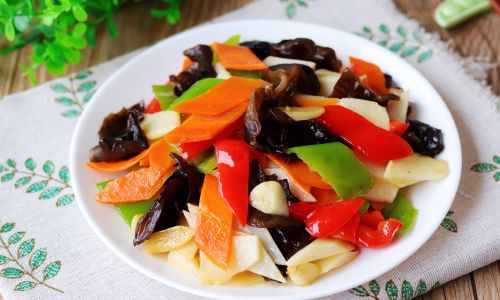
Blanching
Blanching yams before cooking is another effective method. Drop the peeled and cut pieces into boiling water for about 2-3 minutes, then quickly transfer them to an ice bath. This process helps to set the outer layer of the yam, sealing in the juices and reducing the release of mucilage during further cooking.
Cooking Methods to Avoid Stickiness
Steaming
Steaming is one of the best ways to cook yams without making them sticky. Place the prepared yams in a steamer basket over boiling water. The steam cooks the yams evenly without direct contact with excess liquid, minimizing the release of mucilage. Steam for about 15-20 minutes, or until tender.
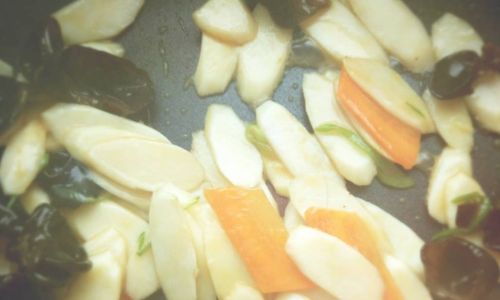
Roasting
Roasting yams in the oven or on a grill also yields non-sticky results. Preheat your oven to 400°F (200°C) and toss the peeled and cut yams with a bit of olive oil, salt, and pepper. Spread them in a single layer on a baking sheet and roast for about 20-25 minutes, turning once halfway through. The high heat caramelizes the natural sugars in the yams, enhancing their flavor and creating a crispy exterior.
Sautéing
When sautéing yams, use a hot pan with a generous amount of oil or butter. The high heat helps to sear the exterior of the yams quickly, forming a protective layer that keeps the inside moist and flavorful without becoming sticky. Make sure the pan is not overcrowded, as this can lower the cooking temperature and increase the chances of stickiness. Stir occasionally to ensure even cooking.
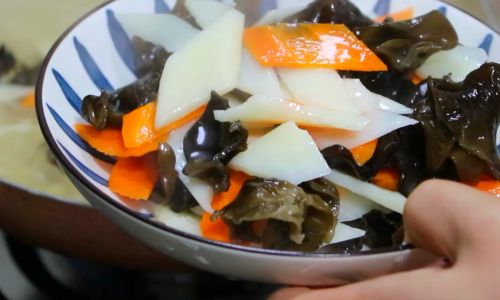
Baking
Baking yams whole or in chunks is another option. Wrap them in aluminum foil or place them in a baking dish with a bit of water to create a steam environment. Bake at 375°F (190°C) for about 45-60 minutes, depending on the size. This method allows the yams to cook slowly and evenly, retaining their natural sweetness and texture.
Serving Tips
Once cooked, yams can be served in various ways to enhance their appeal and reduce any lingering stickiness. For instance, tossing them with a light vinaigrette or a sprinkle of acidic ingredients like lemon juice or vinegar can help cut through any remaining sliminess. Adding herbs, spices, or a touch of creaminess from dairy products like yogurt or sour cream can also elevate the dish.
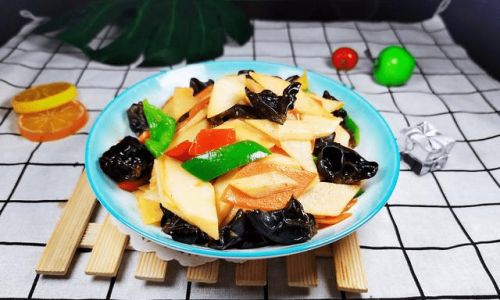
Conclusion
Cooking yams without making them sticky is achievable with the right techniques and understanding of their natural properties. By carefully preparing the yams, choosing the appropriate cooking method, and serving them thoughtfully, you can enjoy their delicious flavor and creamy texture without the inconvenience of stickiness. Whether you’re creating a hearty side dish, a nutritious snack, or a decadent dessert, these tips will help you master the art of cooking yams perfectly. Happy cooking!
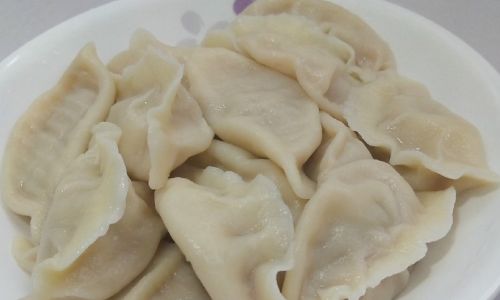
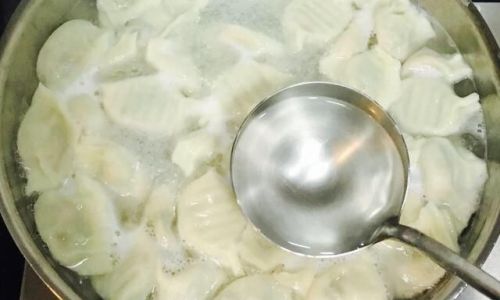

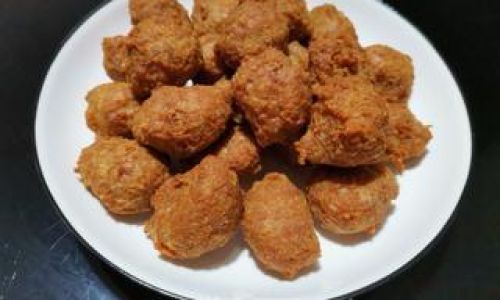
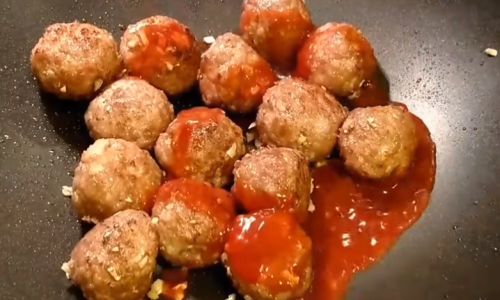
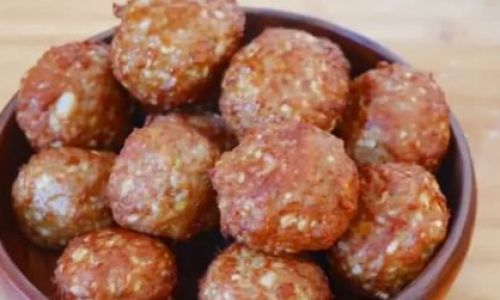
0 comments